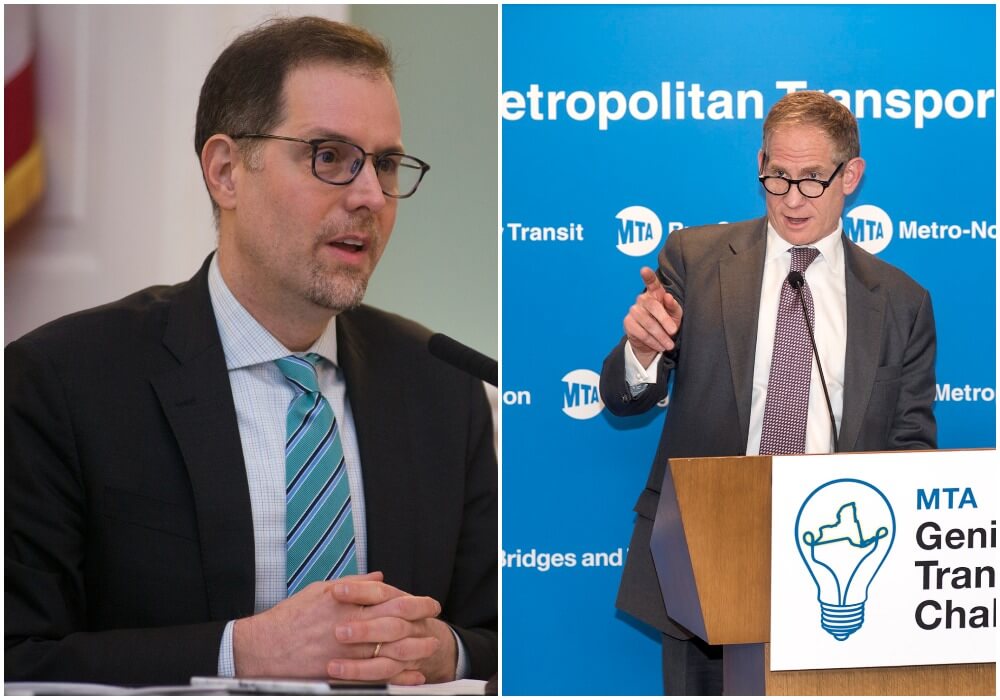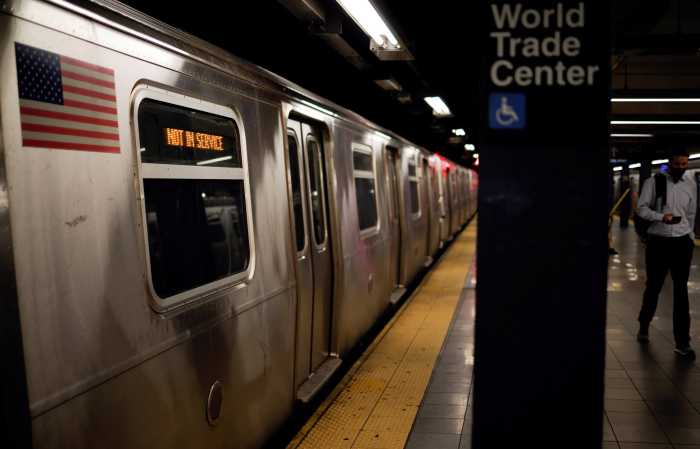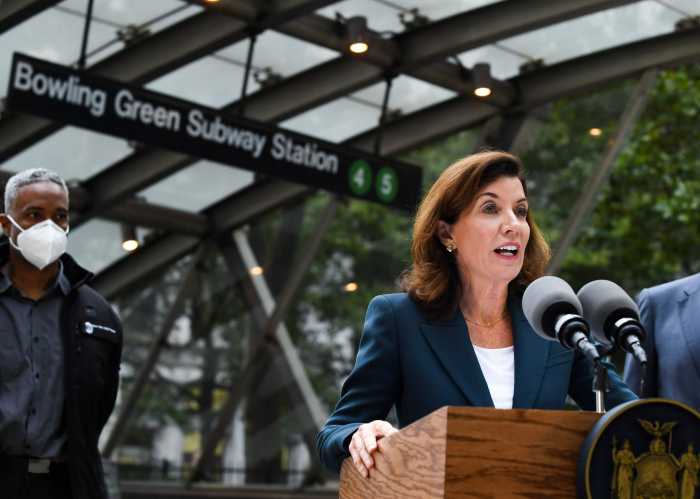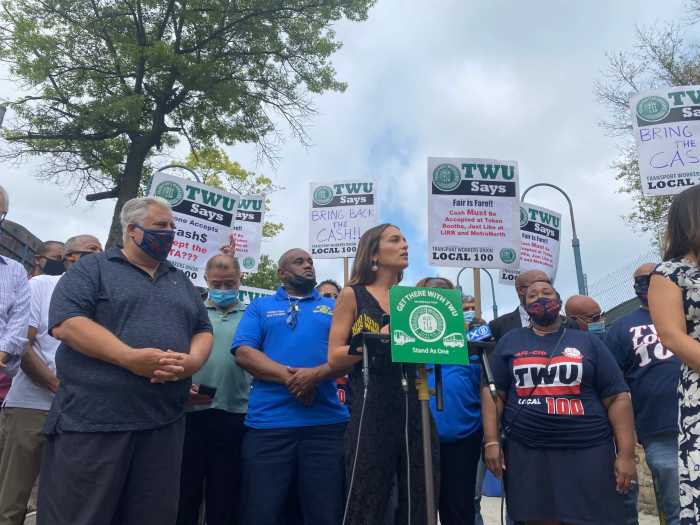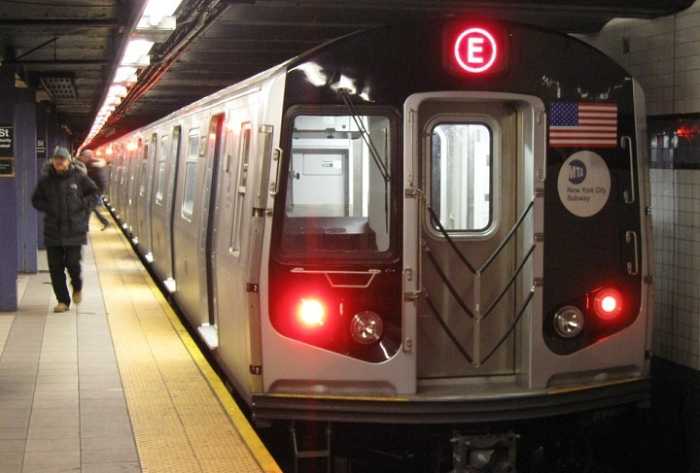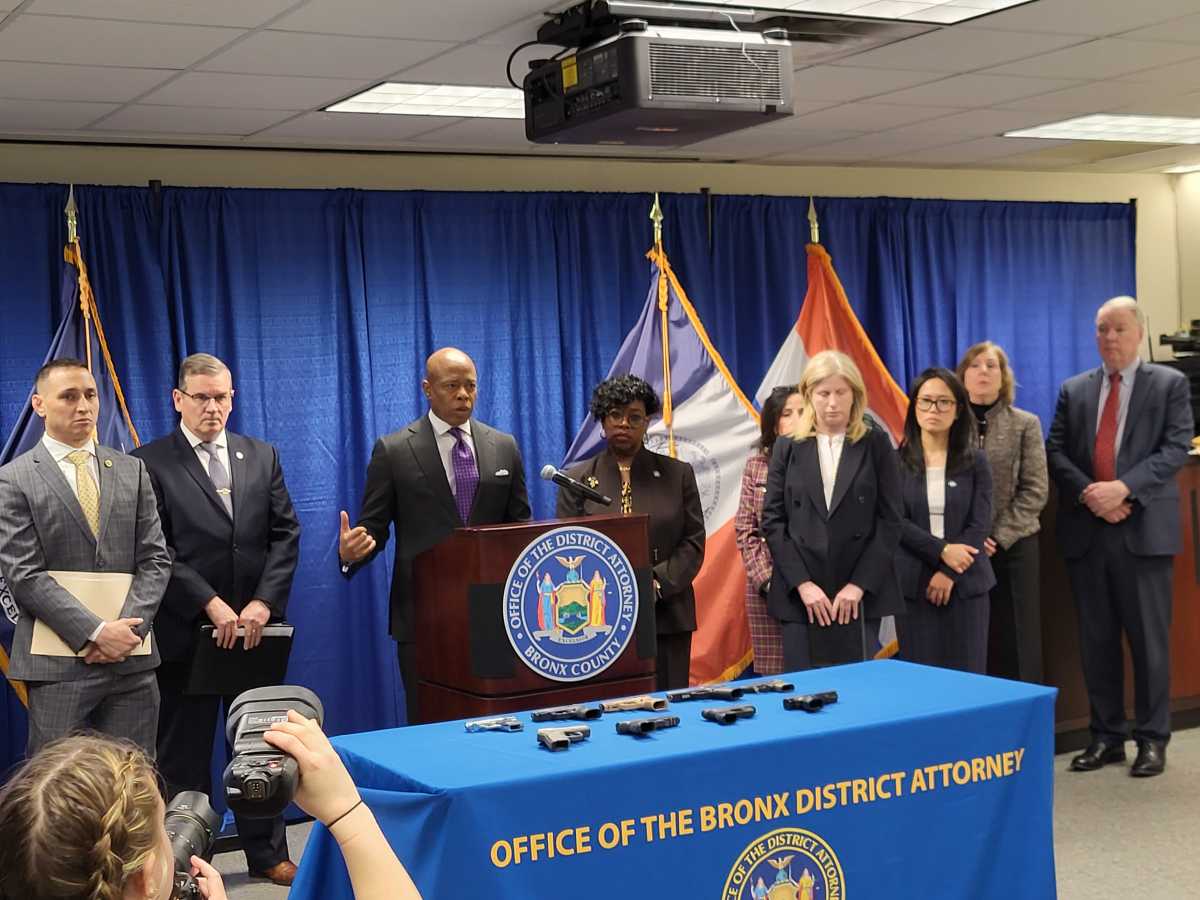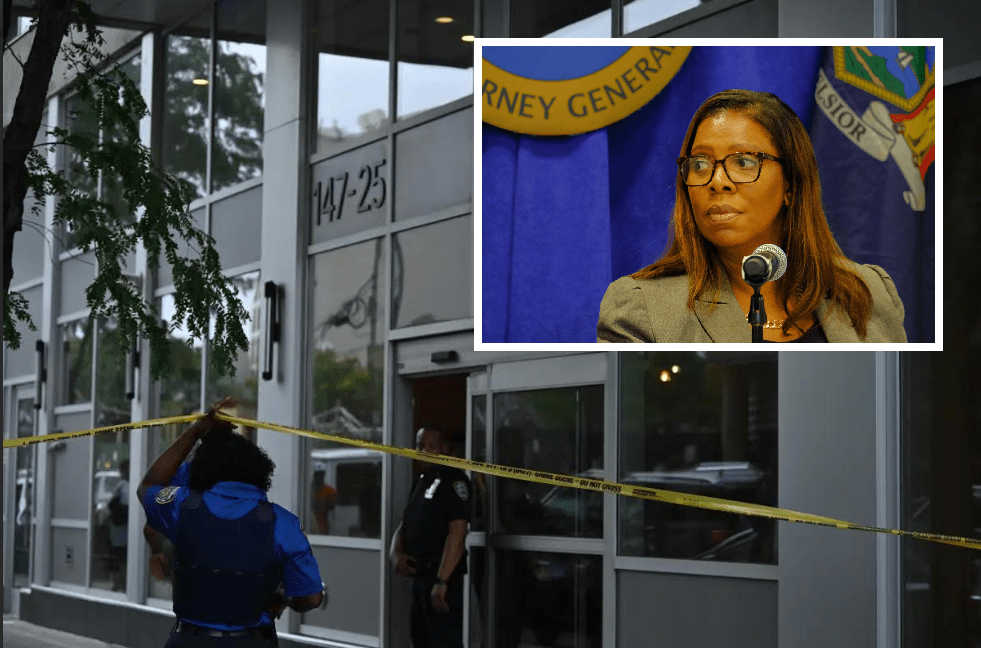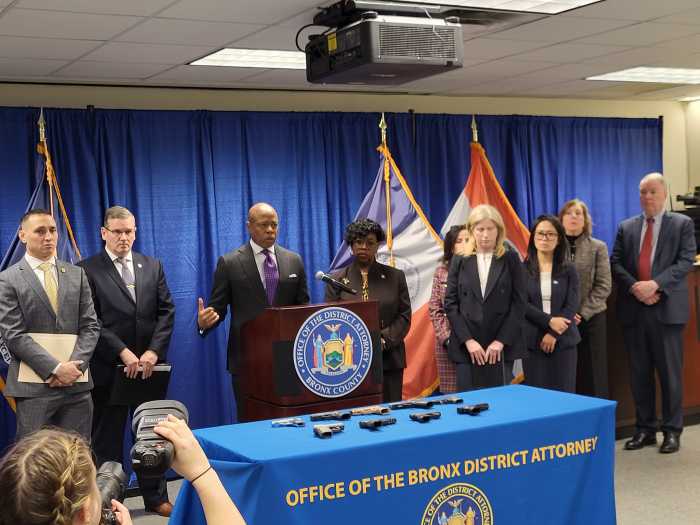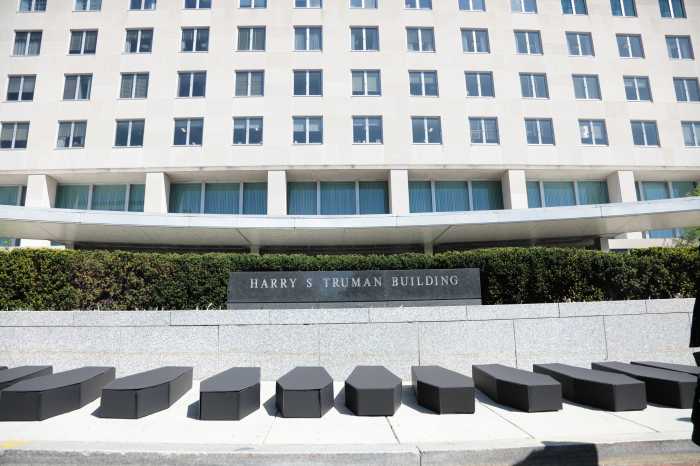MTA chief Janno Lieber lambasted Manhattan politicians who urged him to prioritize subway platform doors in their borough, telling them to take a good look in the mirror over failed city mental health efforts.
During a radio interview Thursday, the transit big criticized Manhattan Borough President and former Council Member Mark Levine for his push for the station barriers in the wake of the shocking shoving of Michelle Alyssa Go into a train at Times Square almost two weeks ago.
Lieber took aim at Levine, who was the head of the Council’s health committee, but the transit chief also misstated that the pol chaired the separate mental health committee during his time on the legislative body.
“I am disappointed that the Manhattan Borough President, who was the health committee chair of the City Council for years,” said Lieber on the Brian Lehrer Show on WNYC on Jan. 27. “He was the chair of the mental health committee and what was going on when they spent billions of dollars on mental health that left us with the conditions we’re seeing in the system.”
The Mayor Bill de Blasio administration famously spent more than $1 billion over six years on its mental health initiative dubbed ThriveNYC, later rebranded as the Mayor’s Office of Community Mental Health, and watchdogs have said the costly effort has amounted to few measurable improvements in the city.
Go was pushed in front of an oncoming train by a homeless man suffering from mental illness and leaders at the Metropolitan Transportation Authority have since been beating the drum to swell police patrols on trains and platforms while the state also rolls out a smaller number of additional social workers to get indigent New Yorkers out of the transit system.
Levine and all 10 council members representing Manhattan penned a letter to Lieber earlier this week asking him to fast-track platform doors in stations across that borough, arguing that they tend to be more crowded than other parts of the city, reported the New York Post.
The Manhattan beep said Lieber should work on the gates rather than attack local pols personally.
“Instead of engaging in ad hominem attacks how about you commit to actually to actually solving this problem,” Levine wrote on Twitter. “Also if you are going to attack the City Council it might help if you understood the committees. I chaired the health committee not the mental health committee.”
Instead of engaging in ad hominem attacks how about you commit to actually to actually solving this problem?
(Also if you are going to attack the City Council it might help if you understood the committees. I chaired the Health Committee not the Mental Health Committee) https://t.co/U8QnsCKEyp
— Mark D. Levine (@MarkLevineNYC) January 27, 2022
The previous council’s committee on mental health, disabilities and addiction was led by Brooklyn Council Member Farah Louis, who declined to comment through a spokesperson.
MTA spokesman Tim Minton later claimed the transit boss was referring to the fact that both committees deal with the city’s Department of Health and Mental Hygiene.
“Janno Lieber was reflecting the fact that both the health committee and the mental health committee of the New York City Council oversee the same agency, which is the Department of Health and Mental Hygiene,” Minton told amNewYork Metro.
The MTA commissioned an almost 4,000-page study in 2019 checking each of the agency’s 472 subway stations whether they could accommodate the barriers, finding that 128 stops, or about 27%, were feasible to the tune of around $7 billion.
“”I understand politicians want to get noticed, but the MTA — long before the Michelle Go incident — has been studying this because it’s a real idea and something that we had to study for safety and other reasons,” Lieber said during the radio show.
The review was first reported by NY1 a week ago, but the MTA did not publicly release the documents until Wednesday.
The transit honcho is eyeing 40-100 possible stations and is exploring a pilot, but told politicos to stop using the issue to get attention.
“I’d ask the politicians not to try to make hay out of this issue, but to work with the MTA for real solutions based on engineering realities we can’t click our heels together and wish away,” Lieber said.



